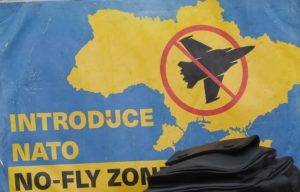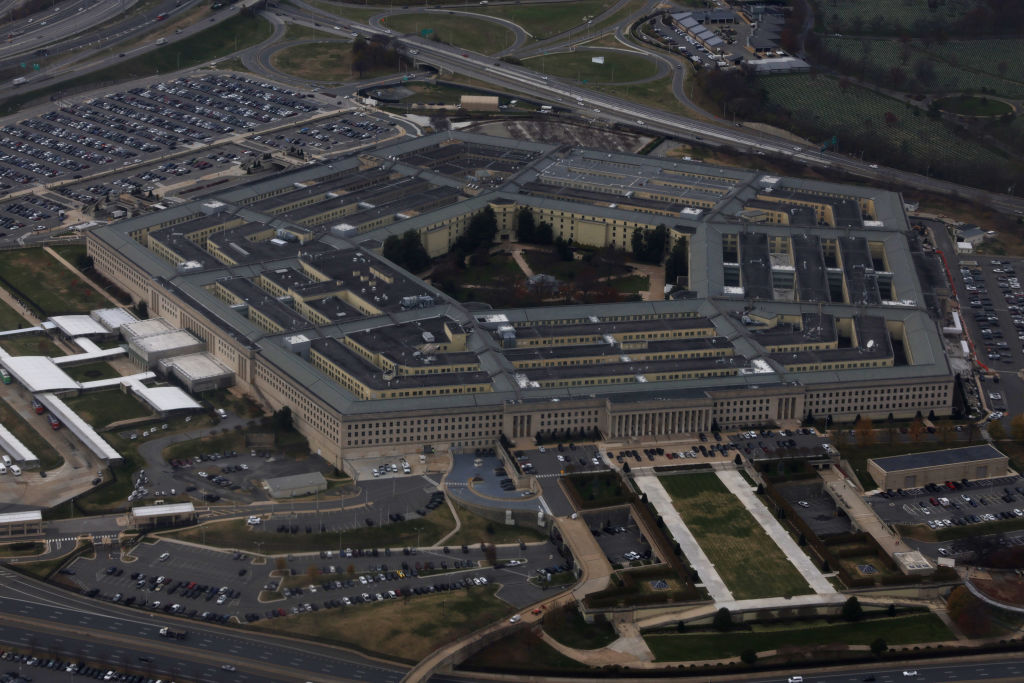As numerous global regions and the home front present defense and foreign policy challenges, four primary trends to look for impacting US national security stand out. First, in 2023 the crisis on the southern border will grow in magnitude to be America’s most pressing national security issue. Second, it’s not hard to guess Ukraine will be a continuing geopolitical donnybrook, with neither Moscow nor Kyiv giving in much to calls for negotiations. Third, China and its People’s Liberation Army are expanding to present a looming military threat to Taiwan and the Indo-Pacific region and the world economy will become more dependent on a Beijing-based supply chain. Finally, the new Republican-led US House of Representatives will challenge the Pentagon from an oversight perspective, applying more restrictive purse strings on programs not contributing directly to warfighter combat needs.
 Kelli Ballard’s Liberty Nation article “Texans Fight to Declare Border Crisis an Invasion” presents a cautionary tale that will grow worse for all Americans in 2023. “Just how bad is the border crisis? Well, according to 40 counties in Texas, it’s severe enough to call it an ‘invasion’ and proceed accordingly. Seven more counties have called on Gov. Greg Abbott to formally declare the situation an invasion and to repel it,” Ballard reported. “Under Joe Biden’s open-border agenda, the number of suspected terrorists who have attempted to illegally cross our southern border is now triple the total amount for the last five years combined,” the House of Representatives Republican webpage declared. Left unchecked, terrorists may be coming to a neighborhood near you – and Biden’s team appears not to care.
Kelli Ballard’s Liberty Nation article “Texans Fight to Declare Border Crisis an Invasion” presents a cautionary tale that will grow worse for all Americans in 2023. “Just how bad is the border crisis? Well, according to 40 counties in Texas, it’s severe enough to call it an ‘invasion’ and proceed accordingly. Seven more counties have called on Gov. Greg Abbott to formally declare the situation an invasion and to repel it,” Ballard reported. “Under Joe Biden’s open-border agenda, the number of suspected terrorists who have attempted to illegally cross our southern border is now triple the total amount for the last five years combined,” the House of Representatives Republican webpage declared. Left unchecked, terrorists may be coming to a neighborhood near you – and Biden’s team appears not to care.
No 2023 Breakthroughs in Ukraine
As the intensity of the war in Ukraine ebbs and flows, Kyiv’s forces will continue recapturing ground lost in the unprovoked Russian invasion. In 2023 without a significant turning point in fighting, the current albeit slow movement of Ukraine forces will persist. However, with each successive win for Ukraine, Russia intensifies missile attacks on infrastructure and civilian neighborhoods.

(Photo by Tomasz Jagodzinski/NurPhoto via Getty Images)
Russian ground forces continue to “culminate,” which, according to the Institute for the Study of War, is a “point at which a force no longer has the capability to continue its form of operations, offense or defense; when a force cannot continue the attack and must assume a defensive posture or execute an operational pause.” Until now all “pauses” in the fighting were simply an opportunity for the Kremlin to rearm and reconstitute its forces while bombarding Ukraine with airstrikes. Unless there is a significant sea state change in the ground war, Russia’s demands that it retains “control of Russian-speaking territories invaded by his forces” will be “a non-starter for any serious peace negotiations,” according to Guy Faulconbridge and Alastair Jamieson of the Independent. And so, the fighting will continue well into 2023.
In 2023 China Remains a Threat
In the coming year, breakthroughs ending the tensions in the Indo-Pacific between China and its neighbors do not seem likely. Consequently, the US will step up its initiatives to build alliances. But that won’t be easy. “While Ferdinand ‘Bongbong’ Marcos Jr.’s administration has signaled that it will prioritize the Philippines’ relationship with the United States, the alliance remains fragile and underdeveloped, posing significant challenges and risks to US defense strategy and interests,” Gregory B. Poling and Andreyka Natalegawa explained in their Center for Strategic and International Studies report.
The agreement with Australia for the US sale of nuclear submarines and the nuclear technology with the underwater vessels was a significant step in cementing the US-Australian defense relationship. Likewise, building a US-Australia-Philippines defense alliance protecting the South China Sea will help create a bulwark against China’s aggression. But that approach works both ways. In 2023, look for the People’s Republic of China (PRC) to insert itself aggressively into the security programs and politics of numerous Pacific island nations. Taiwan will remain ground zero for the PRC versus the US and the West’s global interests. Whether Beijing’s hubris will prompt an invasion in 2023 or not is a question, but more likely, the Chinese Communist Party will rely on military posturing and arm waving.
 Expect the new Republican-led House of Representatives to behave like the Republicans when they were the minority. Some differences will emerge. Support for Ukraine will be solid but scrutinized more. “We should continue to be extraordinarily generous with the Ukrainians, but we need to make sure that the arms we supply Ukraine don’t end up in Russian hands or end up in some other government’s hands,” former National Security Advisor Robert O’Brien told The Hill. A strong focus on defense will continue. A Republican House will most likely continue to improve US nuclear capability by pursuing new nuclear submarine-launched cruise missiles and maintaining legacy systems like the B83-1 atomic gravity bomb.
Expect the new Republican-led House of Representatives to behave like the Republicans when they were the minority. Some differences will emerge. Support for Ukraine will be solid but scrutinized more. “We should continue to be extraordinarily generous with the Ukrainians, but we need to make sure that the arms we supply Ukraine don’t end up in Russian hands or end up in some other government’s hands,” former National Security Advisor Robert O’Brien told The Hill. A strong focus on defense will continue. A Republican House will most likely continue to improve US nuclear capability by pursuing new nuclear submarine-launched cruise missiles and maintaining legacy systems like the B83-1 atomic gravity bomb.
As always, predicting with certainty what new national security challenges will come America’s way in this new year is ultimately a fool’s errand. The Biden administration’s passive approach to foreign policy and the US southern border crisis will likely continue. But what the current White House resident should realize is that reacting successfully after a national security calamity is more difficult.
The views expressed are those of the author and not of any other affiliation.




